Plastic sheeting over basement dirt floor to combat moisture?
jlc102482
13 years ago
Featured Answer
Comments (12)
halfhand
13 years agolast modified: 9 years agojlc102482
13 years agolast modified: 9 years agoRelated Discussions
Moisture problems in 80 year old basement
Comments (2)Any interior drainage system will not stop water coming through the rubble walls. That's the nature of rubble walls. You can clean and parge them from now to forever and water will seep through. If you're not waterproofing from the outside--a potentially risky job with rubble walls--what you can do to keep the space dry is provide a way for the seepage to drain away. Then you can insulate the walls and finish in front of them. Unless relief cracks or separators were used in the slab, cracking is par for the course and isn't necessarily the result of hydrostatic pressure. Also, rubble foundations didn't require concrete floors to brace them laterally. See link below for detailed information on how North America's most famous building scientist tackled the same job. Here is a link that might be useful: Rubble foundations...See MoreDirt Floor basement, flooding & health problems.
Comments (6)Did your main sewage drain back up and spread sewer water over the floor, or did just a water sump fail? If you had sewage (yours or from the mains), you have a bigger problem, than if it was just water. Assuming it was just water (and even then in an urban area it could be storm water drainage which is not benign), then you should do what you can to maintain constant sump drainage, including provding back-up power for emergencies if the flow warrants that. To clean up from a storm water surge, or sewerage back-up, I would be looking to your local authorities for guidance, and perhaps clean-up assistance. Or your homeowner's insurance if you have flood coverage. If you have to do it alone, I would search for info on cleaning on the web. But I am sure you must first disinfect the soil and floor and any immersed wall sections, then run dehus to remove the air moisture and gradually dry out the floor and walls. For maintenance once the storm's/flood's effects are sorted out a dehu (again with power back-up if it's a serious need) running constantly will help. As will covering the dirt floor with a vapor retardant film (not simple poly sheets), and perhaps pouring some concrete over that. Under floor (and within crawl space) ventilation is a subject with contentious viewpoints. You should read about it, a lot, before signing up with any remediation firm. There is info here, including a long list of resources I posted for someone else. If you do a search on my name "housekeeping" you will find it. The simple solution of just putting a vapor retarder below your floor joists may help, but won't get at the root of the problem which is cleaning up after the last flooding, and then drying out and putting a retarder on the floor to block the vapor at the lowest level. I live in a very old building with dirt floors in most of the cellar so I have some experience with these issues, though thankfully never with urban flood contamination as I live in a very rural area. Of course, I can't tell if your health problems are a result of moisture in your basement. They might be, or not. But it's not good to live in a house with a continuously damp basement, nor is it good for the house, either. It's worth some effort, and expense, to get it dealt with. However, be cautious about publicly labeling your house a "sick building", it could make it impossible to sell later on. HTH, Molly~...See MoreDirt Basement for Storage
Comments (15)Wood doesn't touch dirt. Wood doesn't tough concrete. Concrete should be prevented from touching ground. Those are the rules. Have you ever found something in the ground? It has an 'earthy' odour to it. An odour that never goes away. That odour is telling you that something is LIVING in the item. That is mould/mildew. Sometimes fungi...which LOVE cool dark areas with CONSTANT humidity. Mushrooms are the other word for fungi. You are welcome to SEAL the plastic containers (air tight...seal must be broken each and every time you open the container). That gets difficult when you are working with large bins. Look at the air tight jars people use in their kitchens. They have that rubbery/plastic INSIDE rim and a big clasp that holds the lid firmly in place. Now the pasta/rice/cornflakes/sugar are kept fresh. Without an air tight container, you will get earthy, musty, fungus-spore-covered stuff in NO TIME. Even in ancient Egyptian tombs have a musty smell. The driest areas in the world STILL have moisture in the ground. California is no different. Without a properly poured slab, you will fight a battle that humans have been fighting since our inception (4mill. years ago and counting) Go ahead and take a small plastic tote and place a couple of old shirts and some shoes in it. Put the lid on and then plunk it down on the dirt. Leave it there until sometime after X-mas. Pull up the tote. Check to see if the earth under the tote is DARKER. That is an indication of MOISTURE. Now open up the tote in the house and stick your nose in it. Does it smell like fabric softener or does it smell like dirt? If it smells like dirt you will have mould and fungi spores present. It would take a pressure cooker or a fire to get rid of them. Either way, it doesn't bode well for the stuff stored in the tote....See MoreNeed advice on dealing with dirt floor crawlspace
Comments (2)Handling pests is an entirely unrelated subject to correctly sealing your crawl space against moisture. Get a couple of cats, and create an unattractive habitation for mice....See Moremacv
13 years agolast modified: 9 years agohalfhand
13 years agolast modified: 9 years agomacv
13 years agolast modified: 9 years agojlc102482
13 years agolast modified: 9 years agoworthy
13 years agolast modified: 9 years agohalfhand
13 years agolast modified: 9 years agoHU-520371272
3 years agoDennis Culleton
6 months agoSigrid
6 months ago
Related Stories
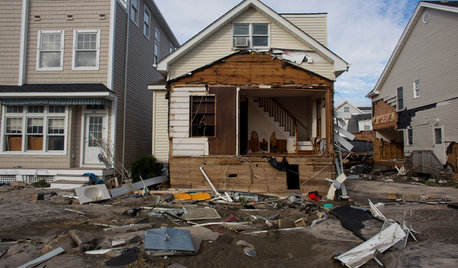
DISASTER PREP & RECOVERYHow to Combat Mold in a Flooded House
Before you rebuild or restore your water-damaged home, take these steps to keep mold at bay
Full Story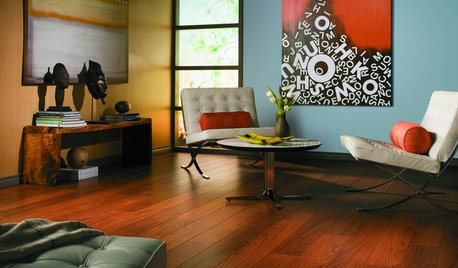
REMODELING GUIDESLaminate Floors: Get the Look of Wood (and More) for Less
See what goes into laminate flooring and why you just might want to choose it
Full Story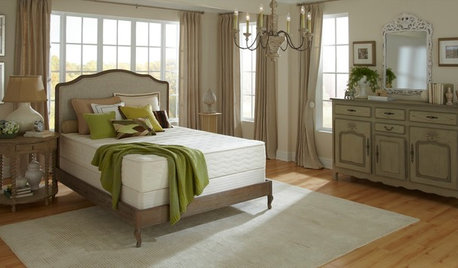
HOUSEKEEPINGHow to Clean and Care for Your Mattress
See what the experts recommend to protect your mattress from dust, moisture and stains
Full Story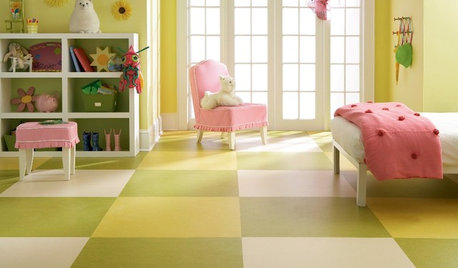
REMODELING GUIDESThe Case for Linoleum and Vinyl Floors
Have pets, kids and a tight budget? Easy-care resilient floors may be the choice for you
Full Story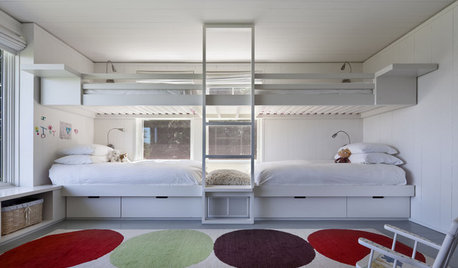
MORE ROOMSDreamy Clean Kids' Rooms
Banish dirt monsters and dispel those germy nightmares by tackling just one or two of these tasks every day
Full Story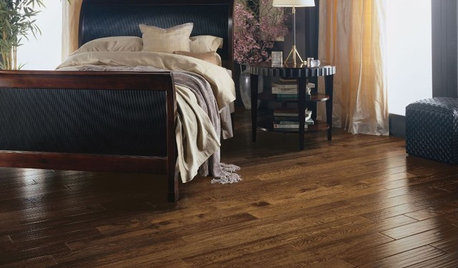
REMODELING GUIDESYour Floor: An Introduction to Solid-Plank Wood Floors
Get the Pros and Cons of Oak, Ash, Pine, Maple and Solid Bamboo
Full Story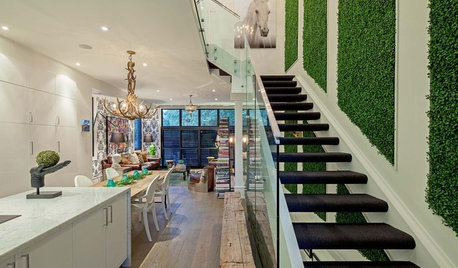
DECORATING GUIDESGo for the Green: Artificial Grass Surprises, Inside and Out
Synthetic turf springs up on patios, living rooms, furniture and walls. Basement golf, anyone?
Full Story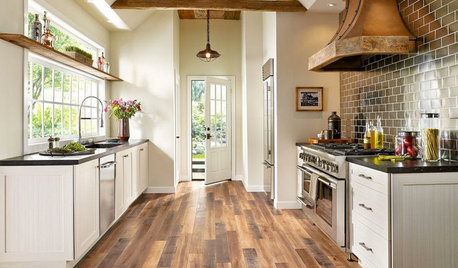
MOST POPULARPros and Cons of 5 Popular Kitchen Flooring Materials
Which kitchen flooring is right for you? An expert gives us the rundown
Full Story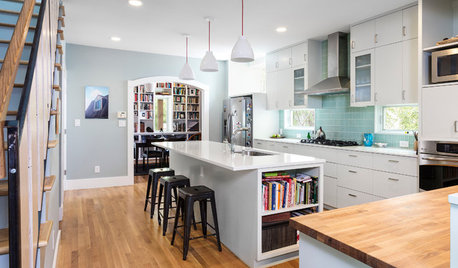
MOST POPULAR6 Kitchen Flooring Materials to Boost Your Cooking Comfort
Give your joints a break while you're standing at the stove, with these resilient and beautiful materials for kitchen floors
Full Story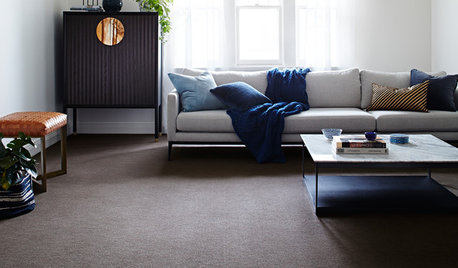
GREAT HOME PROJECTSHow to Get New Carpeting
Carpeting adds a layer of warmth and softness to a space. Here's what to know about today's materials, costs and trends
Full Story


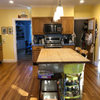

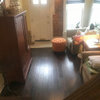

liriodendron